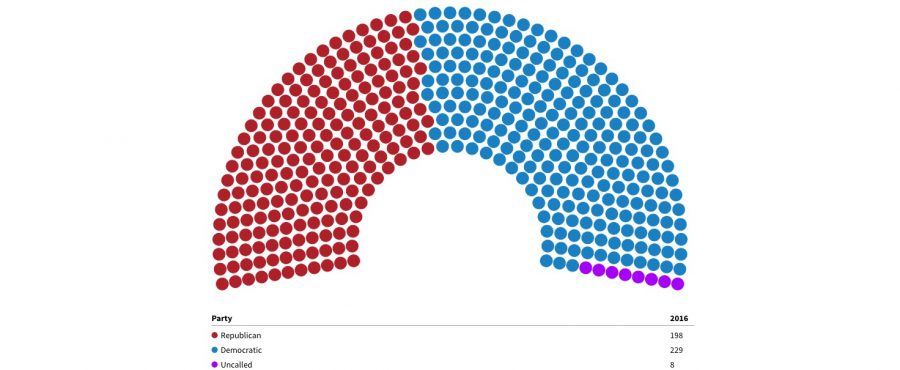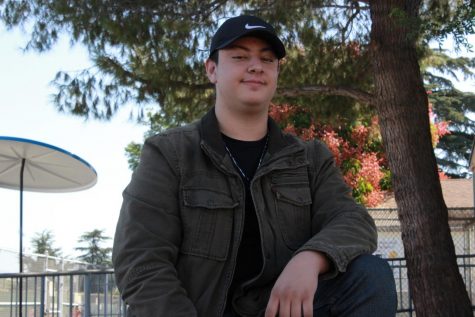The House is now more Democratic and more diverse than ever
November 15, 2018
On Nov. 6, history was made after the long-awaited midterm elections took place and the results shocked the nation.
The results diversified the government with an increased amount of women and minority representation in Congress. The government is now split as Democrats took control of the House of Representatives and Republicans kept control of the Senate.
Out of the 270 women who ran in the midterms, 121 were elected; 10 into the House of Representatives, nine as governors and 12 into the Senate.
Out of those 121 women, 45 were women of color including one of the first Native American and openly gay congresswoman Sharice Davids of Kansas. Debra Haaland of New Mexico, also Native American, was elected as well and both are Democrats.
The first Muslim women were also elected into Congress, Ilhan Omar and Rashida Tlaib. In addition to being one of the first Muslim women in congress, Omar is also the first Somali-American and refugee to be elected.
The election also welcomed the first openly gay congressman, Jared Polis, a Democrat from Colorado.
As many expected, Democrats were able to take control of the House and currently hold 223 out of the 435 seats. Republicans kept control over the Senate occupying 51 out of the 100 seats. This leaves Congress divided for at least the next two years.
This year also produced a high voter turnout. The midterms resulted in 49% of the voting-eligible population casting ballots, topping all other midterms since 1966, the last time voter turnout reached 49%. This broke records as 113 million people participated in the election.
California, which is notorious for its liberal stance, elected Democrat Gavin Newsom as governor. Newsom is known for openly resisting President Donald Trump’s agenda. His campaign consisted of bettering California by focusing on issues such as wealth inequality, homelessness, and early childhood education.
After beating Republican businessmen John Cox, Newsom will succeed previous Democratic governor Jerry Brown. A Democrat hasn’t succeeded another Democrat as governor since 1887.
Although Democrats experienced many wins in this election, it still wasn’t the “blue wave” they were expecting. Their gain in the state legislature was below the historical average. The Democratic party also lost many seats in the senate.
The 11 propositions voted on by Californians were mostly based around taxes and government spending, however proved to have a much bigger effect on many, such as Proposition 7 which would allow daylight saving time to be year round in the state of California.
This proposition was passed by California but still needs to be processed by a two-thirds majority in the state legislature after which it will need to be confirmed by Congress.
As expected, this year produced a high voter turnout. The midterms resulted in 49% of the voting-eligible population casting ballots, topping all other midterms since 1966, the last time voter turnout reached 49%. This broke records as 113 million people participated in the election.
Social sciences teacher Francisco Ortega, who voted through mail, agrees that voting is a necessary action.
“Voting is one of our methods of ensuring that our government is held accountable,” Ortega said. “The biggest consideration to keep in mind with voting is the government needs to be responsive to the people that they serve. It is a civic duty but I think more importantly it requires us to be active to maintain the republic.”









